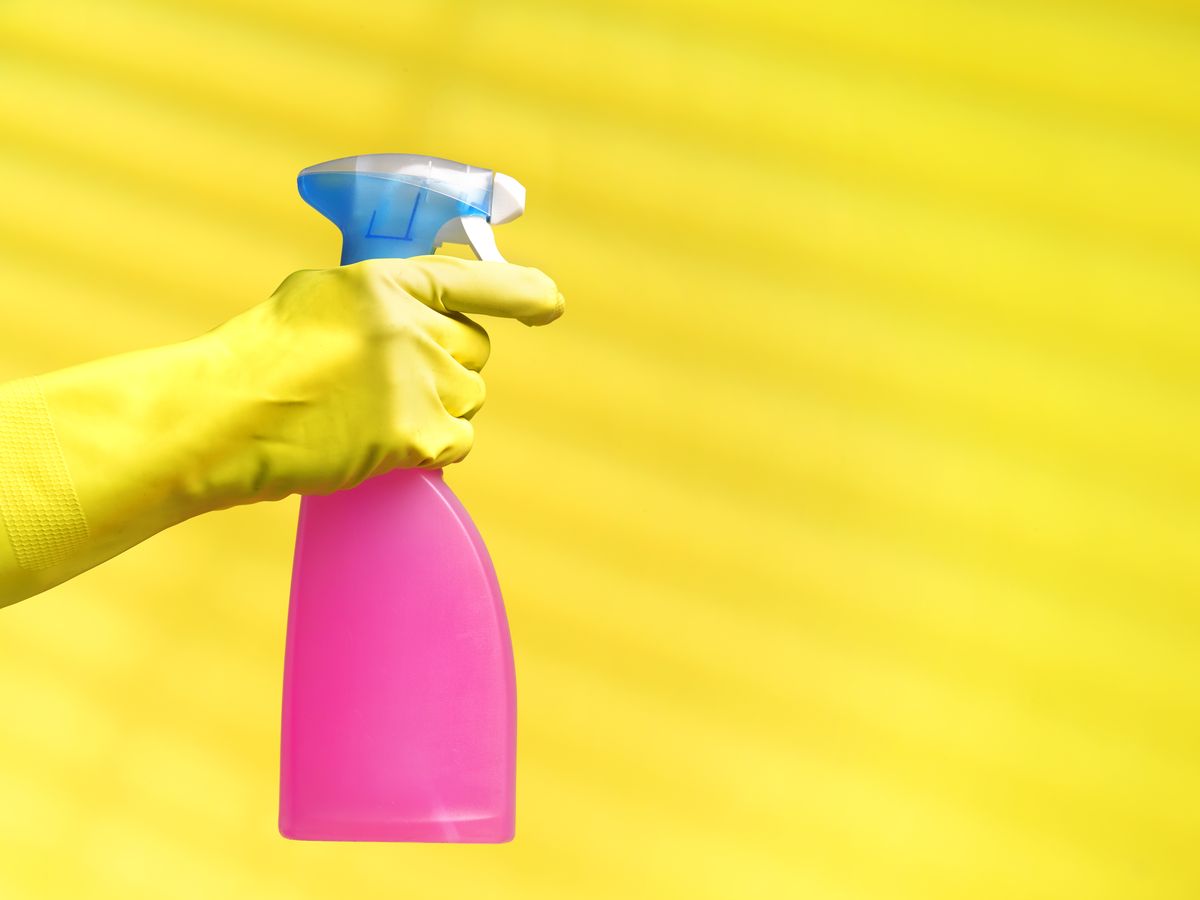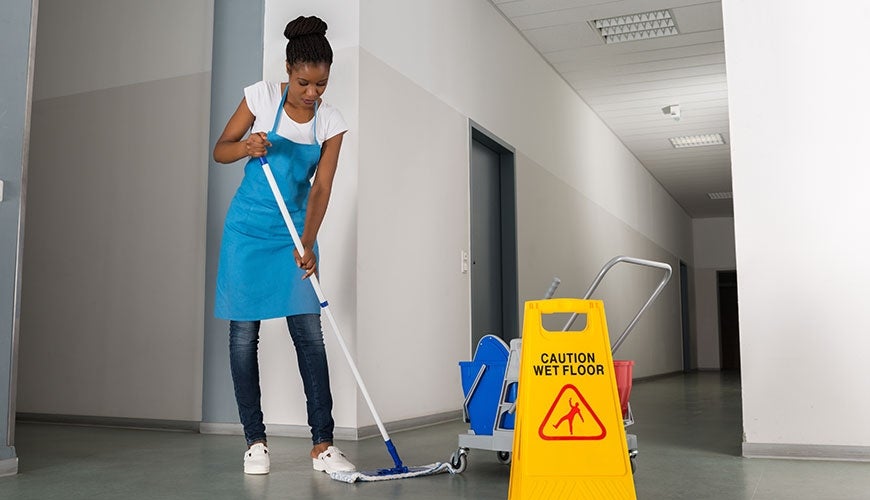Master Everyday Cleaning Techniques: Exactly How to Appropriately Scrub the Surfaces and Preserve a Clutter-Free Home
Master Everyday Cleaning Techniques: Exactly How to Appropriately Scrub the Surfaces and Preserve a Clutter-Free Home
Blog Article
Comprehending the Demand for Completely Disinfecting and Sterilizing Regularly Touched Surfaces in High-Traffic Areas
In the world of public health and wellness and safety and security, the meticulous disinfection and sanitization of often touched surface areas in high-traffic areas stand as vital measures in avoiding the spread of unsafe pathogens. The importance of this method expands much past mere cleanliness, diving right into the world of disease prevention and neighborhood well-being. By exploring the various aspects of surface area sanitation, from the risks connected with ignoring cleansing protocols to the efficient methods that can be employed, a more clear understanding emerges of the important role these practices play in protecting public health and wellness. As we browse this conversation, it becomes apparent that the ramifications of complete surface area sanitation reverberate not just within the confines of a certain atmosphere however also resonate on a broader range, influencing the wellness and safety of people across diverse communal setups.
Relevance of Surface Sanitation
Emphasizing the extensive disinfection of high-traffic surface areas is essential in keeping a hygienic setting and stopping the spread of damaging virus. High-touch surfaces such as door takes care of, light buttons, lift switches, and countertops work as reproducing premises for bacteria and infections. Routine sanitation of these surfaces is important to lower the danger of contamination and transmission of ailments.
By executing a durable disinfection protocol, organizations and organizations can produce a much safer environment for site visitors, customers, and employees. Correct surface disinfection not only alleviates the spread of transmittable conditions but likewise imparts self-confidence in the sanitation and safety of the facilities. This aggressive strategy shows a commitment to wellness and wellness, which is especially crucial in high-traffic locations where the probability of direct exposure to microorganisms is increased.
In addition, surface disinfection plays a critical duty in overall infection control techniques. Integrated with hand hygiene practices, putting on masks, and maintaining physical distancing, extensive disinfection of high-touch surfaces forms a detailed protection versus the transmission of unsafe microbes. Focusing on surface area sanitation is a vital element of a holistic approach to health and wellness in shared spaces.
Dangers of Overlooking Cleaning Practices
Ignoring complete disinfection of high-traffic surface areas significantly enhances the threat of viral and bacterial contamination, posturing a major hazard to the health and security of individuals often visiting these areas. Failure to implement correct cleaning practices can cause the buildup and spread of unsafe microorganisms, including infections and bacteria, on regularly touched surfaces such as doorknobs, handrails, lift buttons, and counter tops.

Furthermore, ignoring the significance of comprehensive cleansing not only endangers the well-being of people however additionally undermines efforts to keep a sanitary and clean environment. It is crucial to recognize the relevance of correct disinfection protocols in preventing the spread of infections and safeguarding public health and wellness.
Reliable Disinfection Methods
To keep ideal sanitation and decrease the threat of contamination on high-traffic surfaces, utilizing reliable sanitation methods is necessary. One of the most typical and reliable disinfection techniques is utilizing chemical anti-bacterials. These items can vary in toughness and make-up, with some targeting particular microorganisms like infections or microorganisms. It is important to adhere to the manufacturer's instructions for appropriate dilution, get in touch with time, and air flow when making use of chemical anti-bacterials to ensure their performance - Clear Out Any Clutter.
Another effective approach is making use of UV-C light. UV-C light has been revealed to be reliable in killing a vast array of microbes by disrupting their DNA framework, thus stopping them from replicating. It is important to use UV-C light correctly, ensuring that the appropriate intensity and exposure time are applied to accomplish the wanted disinfection results.
Additionally, utilizing vapor cleansing as a sanitation method can be very efficient, particularly on surface areas that are heat-resistant. Vapor can permeate porous surface areas and eliminate germs, viruses, and various other pathogens efficiently. When making use of vapor cleaning, it is essential to guarantee that the surface area reaches the needed temperature level for an adequate quantity of time to guarantee correct sanitation.
Influence On Public Health And Wellness
The maintenance of high standards of cleanliness and disinfection on high-traffic surface areas plays a vital duty in securing public health and wellness. Regularly touched surface areas in areas with high tramp, such as doorknobs, handrails, lift switches, and toilet facilities, serve as reproducing grounds for damaging virus.
Reliable hygiene techniques not only shield individuals from dropping sick however also add to the overall well-being of culture. Public wellness authorities stress the value of maintaining clean environments to stop outbreaks and contain the spread of diseases. In high-traffic locations like airport terminals, schools, medical facilities, and public transport systems, the Vacuum Carpets effect of rigorous sanitation measures can not be underrated. Prioritizing the sanitization of frequently touched surface areas is an aggressive approach to advertising public health and wellness and enhancing the safety and security of individuals in common spaces.
Applying Routine Cleaning Up Procedures
Promptly instituting and adhering to a consistent schedule of cleaning protocols is paramount for keeping the sanitation and safety and security of high-traffic surfaces. Regular cleaning methods are crucial in protecting against the buildup of bacteria and pathogens on often touched surfaces, specifically in locations with high foot website traffic. By applying an organized strategy to cleaning, companies can effectively decrease the threat of disease transmission and develop a much healthier setting for workers, customers, and the general public.
To develop an effective cleansing schedule, it is crucial to identify high-traffic areas that call for frequent focus. These areas might include doorknobs, hand rails, elevator switches, bathroom facilities, and shared devices. Implementing a routine cleaning program that targets these surface areas multiple times a day can considerably minimize the spread of dangerous germs and infections.
In addition, making use of appropriate cleaner and anti-bacterials is vital to making certain that surface areas are extensively sanitized. Routine training of cleaning staff on proper cleaning strategies and the value of adherence to the cleansing timetable is additionally essential in keeping a hygienic environment. By focusing on consistent cleansing procedures, companies can promote the health and wellness and well-being of individuals that engage with these high-traffic surfaces.

Verdict
In conclusion, it is vital to focus on thorough sanitation and sanitization of frequently touched surfaces in high-traffic locations to protect against the spread of dangerous virus and keep public health. It is vital to acknowledge the relevance of preserving clean surfaces in high-traffic areas to make sure the well-being of the area.
In the realm of public health and safety, the precise sanitation and sanitization of often touched surfaces in high-traffic areas stand as vital actions in avoiding the spread of harmful microorganisms. By exploring the numerous aspects of surface area sanitation, from the threats associated with neglecting cleaning procedures to the reliable approaches that can be employed, a clearer understanding arises of the vital role these techniques play in protecting public health and wellness.Furthermore, using vapor cleansing as a disinfection method can be highly efficient, specifically on surfaces that are heat-resistant. When making use of heavy steam cleaning, it is important to make certain that the surface gets to the needed temperature for an adequate quantity of time to ensure correct disinfection.
In verdict, it is crucial to focus on detailed sanitation and sanitization of often touched surface areas in high-traffic areas to stop the spread of damaging microorganisms and maintain public health and wellness.
Report this page